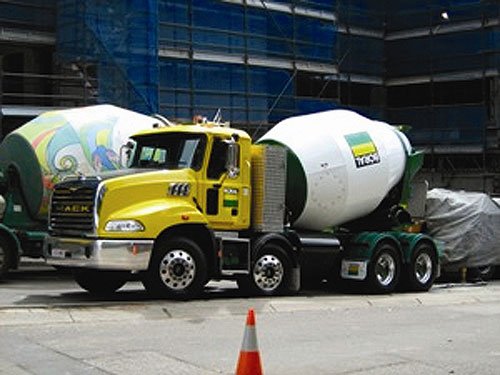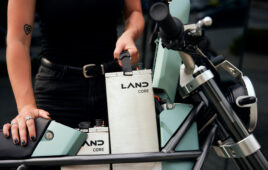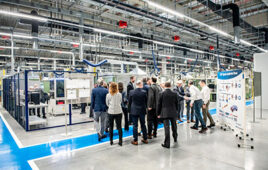Advances in the use of natural gas are designed to help motorists reduce their dependence on gasoline.
Natural gas is an ideal fuel source for vehicles for many reasons including safety, compared to many other gasses. For example, because it is lighter than air, it cannot puddle like gasoline or cover the ground like propane, which, in the gaseous state, is heavier than air. By comparison, natural gas rises and dissipates into the atmosphere. Natural gas also has a higher ignition temperature so it is not as dangerous as most other gasses that could be used for powering vehicles. Furthermore, storage systems used for compressed natural gas (CNG) withstand much higher pressures than today’s car and truck gasoline tanks.

Natural gas is an organic compound that consists mostly of methane, but often combined with other gases and elements including hydrogen and carbon, which must be removed before it can be used. The gas forms naturally with petroleum deposits, and is found in coal mines, peat bogs, marshes, and landfills.
Here is how natural gas is currently used to power a variety of vehicles. First, the gas is liquefied under high pressure, stored in a tank, and then dispensed through a special connector into high-pressure cylinders inside the vehicle. When a driver steps on the accelerator pedal, the natural gas leaves the on-board storage cylinder, passes through the high-pressure fuel line, and then enters a regulator, which reduces pressure from about 3,600 psi to near approximately atmospheric pressure. Next, a solenoid valve controls the gas as it passes from the regulator into one of two possible systems. The first is a traditional carbureted system where air from the intake manifold mixes with the gas and enters the cylinders through intake valves. The second system uses fuel injectors, where the air enters the intake manifold and a throttle body, passes through intake valves, and then mixes with gas (supplied by the fuel injectors) in the cylinders.
Fuel-management components for CNG systems are becoming increasingly more available as more manufacturers of transit buses, medium duty trucks, and refuse trucks turn to the new alternative. For instance, ITT Corporation’s Conoflow division provides CNG regulators for heavy-duty engine applications — that are 5.0 liters or larger. The company also supplies these regulators and suppliers such as Advanced Fuels Technology Pty., Ltd. (AFT) based in Melbourne, Australia, and FAB Industries in Anniston, Ala. AFT supports the alternative fuels industry throughout Australia and Southeast Asia. FAB Industries is North America’s largest supplier of alternative fuel systems and infrastructure for a wide variety of buses and trucks.
Recently, AFT used ITT Conoflow’s HPNGV Series CNG regulator when installing dedicated CNG systems in a fleet of Iveco refuse trucks and Mack trucks. As a result, fuel costs and gas emissions have been reduced. In addition, FAB Industries routinely incorporates heavy-duty regulators for mass transit buses.
ITT Corporation
www.itt.com
::Design World::
Filed Under: Automotive, Green engineering • renewable energy • sustainability, Energy management + harvesting





Tell Us What You Think!